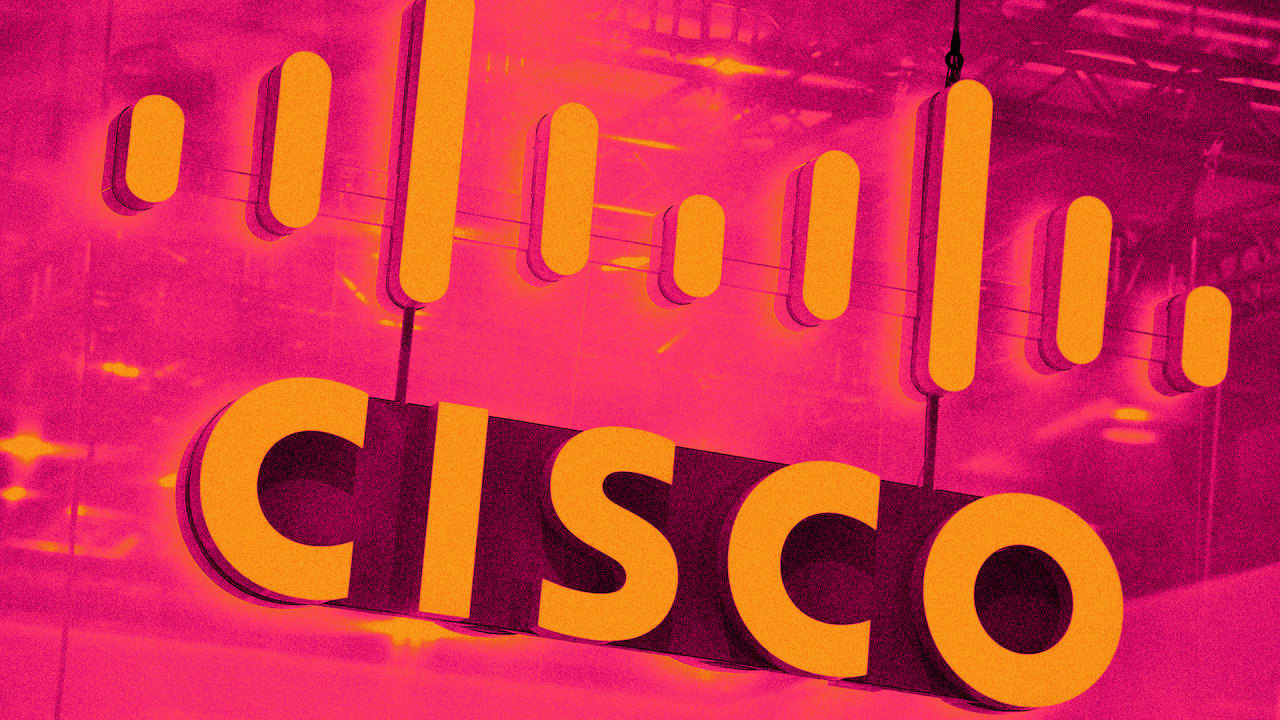Cisco just made a $28 billion bet on AI. Here’s what to know about Splunk
Cisco announced Monday that it has completed its acquisition of Splunk, which Cisco CEO Chuck Robbins said “will revolutionize the way our customers leverage data to connect and protect every aspect of their organization.” Cisco acquired Splunk for $157 per share in cash, representing a value of roughly $28 billion. Here’s what to know about the company’s big bet. What is Splunk? Splunk is a big data platform that makes it easier to collect and manage large amounts of machine-generated data and then find specific information within it. The platform allows organizations to “explore the vast depths of their data like spelunkers in a cave,” thus the name, Splunk. Rather than searching through rocks, the service searches through caves of information and helps users find things that typically aren’t easy to get, such as log data, messages, and machine data. “Our purpose is to build a safer and more resilient digital world,” reads the company’s formal introduction page. “Every day, we live this purpose by helping security, IT, and DevOps teams keep their organizations securely up and running. When organizations have resilient digital systems, they can adapt, innovate, and deliver for their customers.” The company holds 1,100 patents and is used by a number of major companies including Singapore Airlines, Papa Johns, Heineken, and McLaren. It was founded in 2003 and has been publicly traded on the NASDAQ since 2023 under the ticker SPLK. How does Splunk work with AI? Splunk is meant to be used essentially anywhere you get tons of data that might be difficult to sift through on your own. It allows you to quickly search and analyze big sets of data as well as set up alerts and regenerate reports and visualizations of that data. The platform can help offer full visibility into your IT and business operations and can simplify compliance and reporting tasks. All that can come in handy, particularly when working with AI, which requires tremendous amounts of data to train effectively. How will Cisco use Splunk? “Uniting Splunk and Cisco will bring tremendous value to our joint customers worldwide,” said Gary Steele, executive vice president at Splunk. “The combination of Cisco and Splunk will provide truly comprehensive visibility and insights across an organization’s entire digital footprint, delivering an unprecedented level of resilience through the most extensive and powerful security and observability product portfolio on the market.” In the acquisition announcement, Cisco says that it will “power and protect the AI revolution.” In order to reap the benefits of AI, organizations will “need the infrastructure to power it, the data to develop it, a security platform to protect it, and an observability platform to monitor and manage it in real time,” and Cisco is now poised to do all four together. Specifically, the two companies called out a number of things the Cisco and Splunk marriage will be able to provide, including better security, observability, and networking—including the the promise of several new product innovations over the next several months. Will things change for existing Splunk customers? For now, not really. While Splunk is becoming part of Cisco, the company will continue to operate under the same leadership. Cisco says there are no immediate plans to change existing account teams or adjust current contracts or agreements with Splunk. Products are expected to look and function the same as they did prior to the acquisition, and Splunk plans to continue to develop Splunk solutions and improve its product experience based on its existing road map. Splunk pricing is expected to stay the same.

Cisco announced Monday that it has completed its acquisition of Splunk, which Cisco CEO Chuck Robbins said “will revolutionize the way our customers leverage data to connect and protect every aspect of their organization.”
Cisco acquired Splunk for $157 per share in cash, representing a value of roughly $28 billion. Here’s what to know about the company’s big bet.
What is Splunk?
Splunk is a big data platform that makes it easier to collect and manage large amounts of machine-generated data and then find specific information within it.
The platform allows organizations to “explore the vast depths of their data like spelunkers in a cave,” thus the name, Splunk. Rather than searching through rocks, the service searches through caves of information and helps users find things that typically aren’t easy to get, such as log data, messages, and machine data.
“Our purpose is to build a safer and more resilient digital world,” reads the company’s formal introduction page. “Every day, we live this purpose by helping security, IT, and DevOps teams keep their organizations securely up and running. When organizations have resilient digital systems, they can adapt, innovate, and deliver for their customers.”
The company holds 1,100 patents and is used by a number of major companies including Singapore Airlines, Papa Johns, Heineken, and McLaren.
It was founded in 2003 and has been publicly traded on the NASDAQ since 2023 under the ticker SPLK.
How does Splunk work with AI?
Splunk is meant to be used essentially anywhere you get tons of data that might be difficult to sift through on your own. It allows you to quickly search and analyze big sets of data as well as set up alerts and regenerate reports and visualizations of that data. The platform can help offer full visibility into your IT and business operations and can simplify compliance and reporting tasks.
All that can come in handy, particularly when working with AI, which requires tremendous amounts of data to train effectively.
How will Cisco use Splunk?
“Uniting Splunk and Cisco will bring tremendous value to our joint customers worldwide,” said Gary Steele, executive vice president at Splunk. “The combination of Cisco and Splunk will provide truly comprehensive visibility and insights across an organization’s entire digital footprint, delivering an unprecedented level of resilience through the most extensive and powerful security and observability product portfolio on the market.”
In the acquisition announcement, Cisco says that it will “power and protect the AI revolution.” In order to reap the benefits of AI, organizations will “need the infrastructure to power it, the data to develop it, a security platform to protect it, and an observability platform to monitor and manage it in real time,” and Cisco is now poised to do all four together.
Specifically, the two companies called out a number of things the Cisco and Splunk marriage will be able to provide, including better security, observability, and networking—including the the promise of several new product innovations over the next several months.
Will things change for existing Splunk customers?
For now, not really. While Splunk is becoming part of Cisco, the company will continue to operate under the same leadership. Cisco says there are no immediate plans to change existing account teams or adjust current contracts or agreements with Splunk.
Products are expected to look and function the same as they did prior to the acquisition, and Splunk plans to continue to develop Splunk solutions and improve its product experience based on its existing road map.
Splunk pricing is expected to stay the same.






















